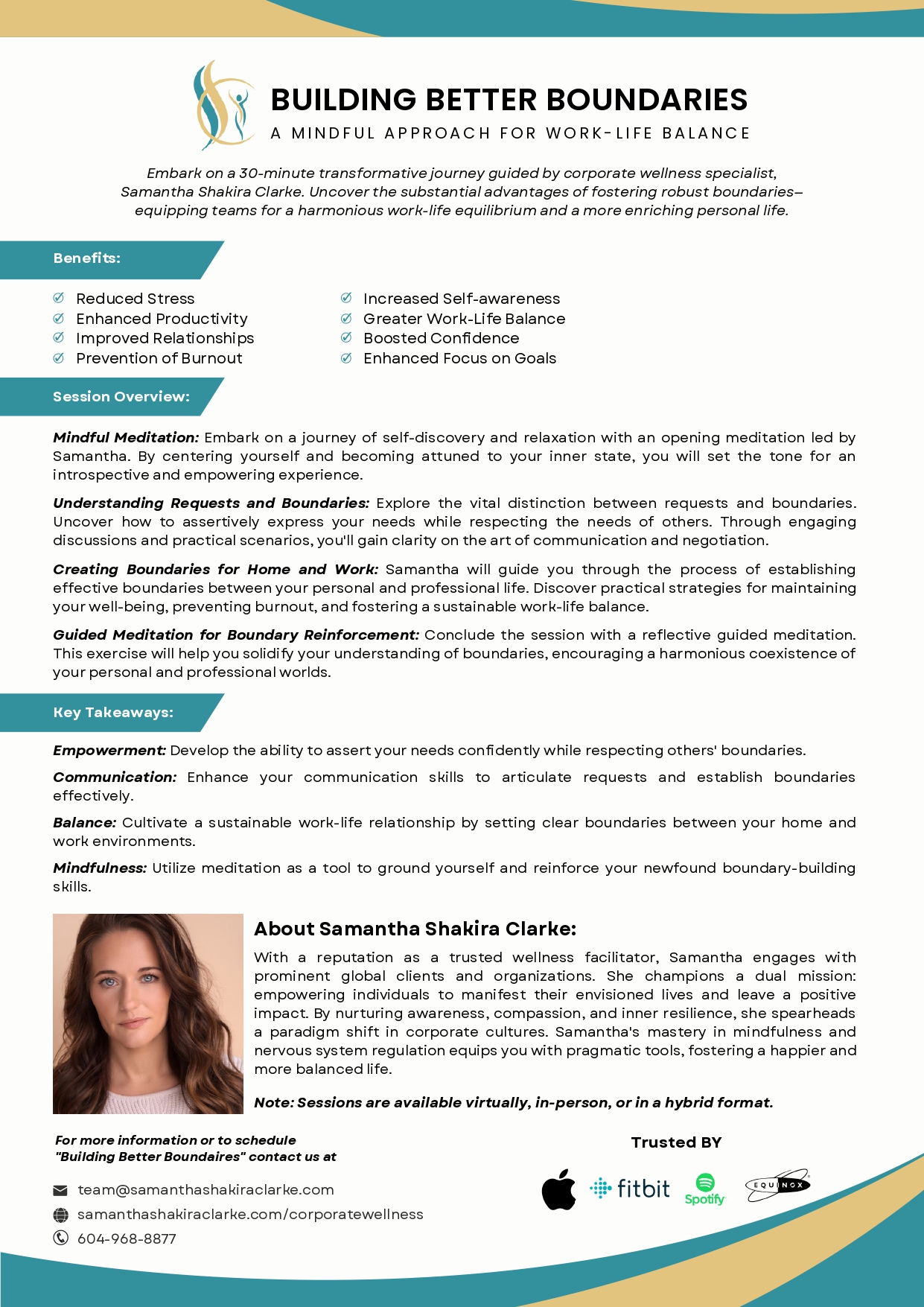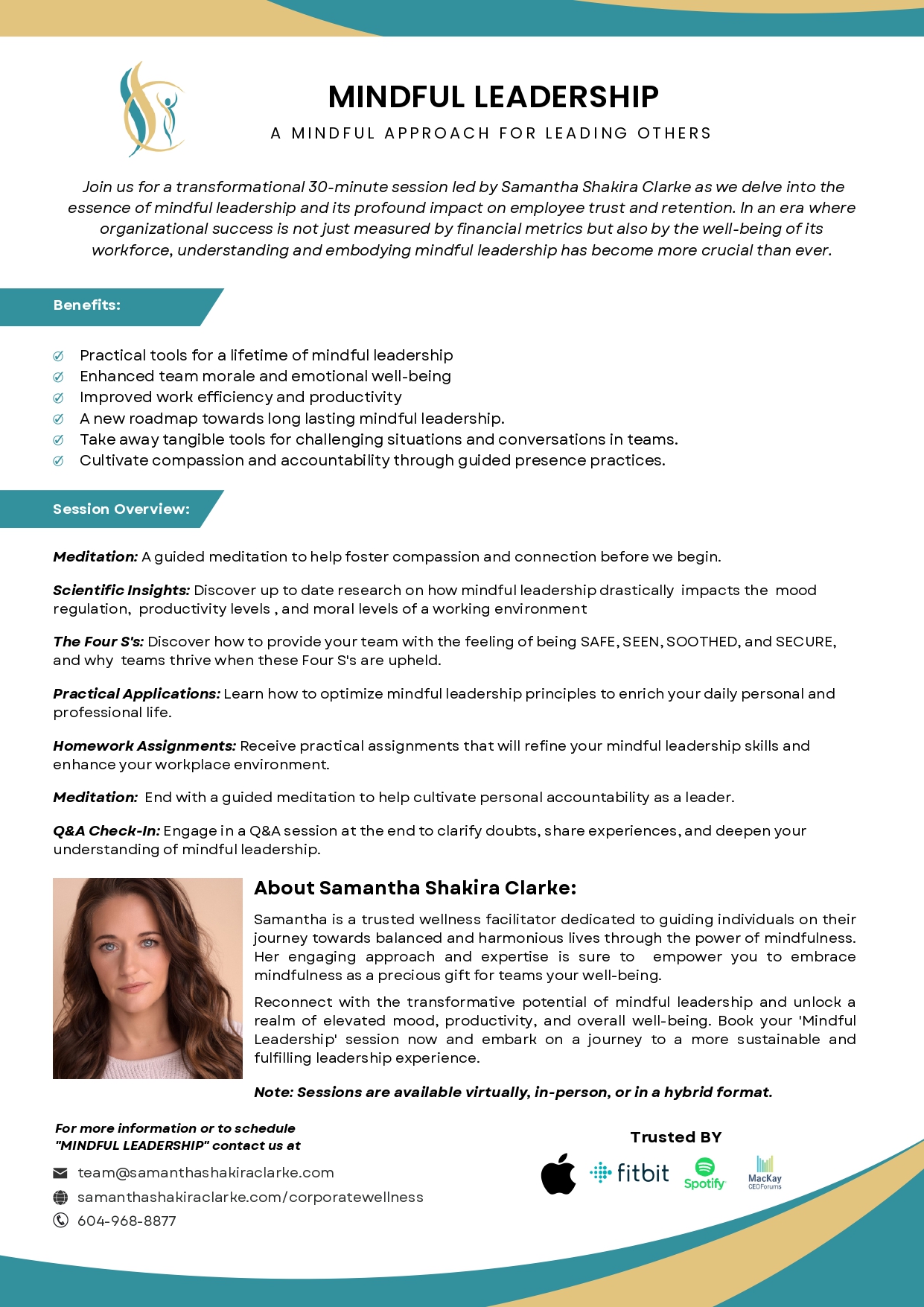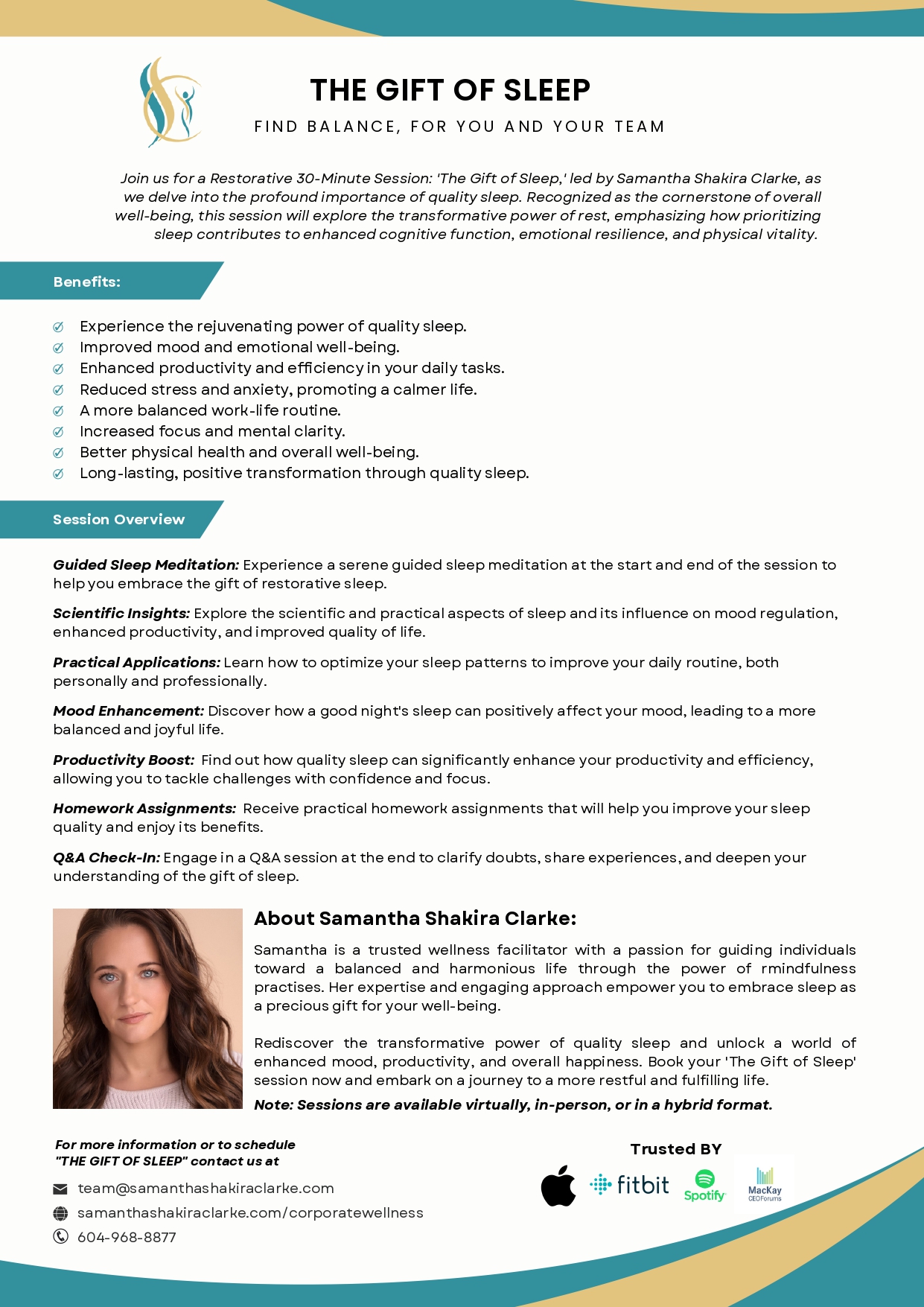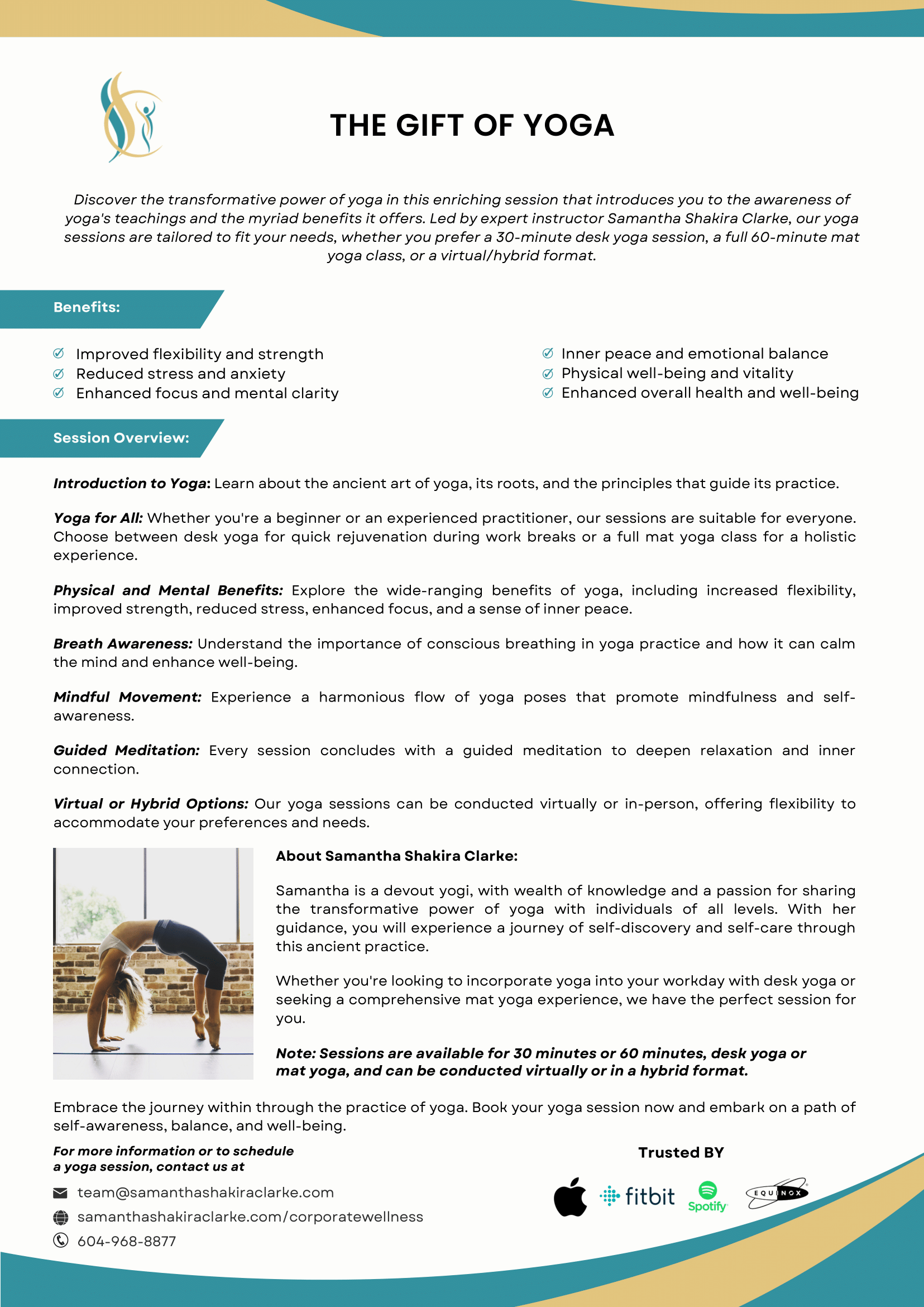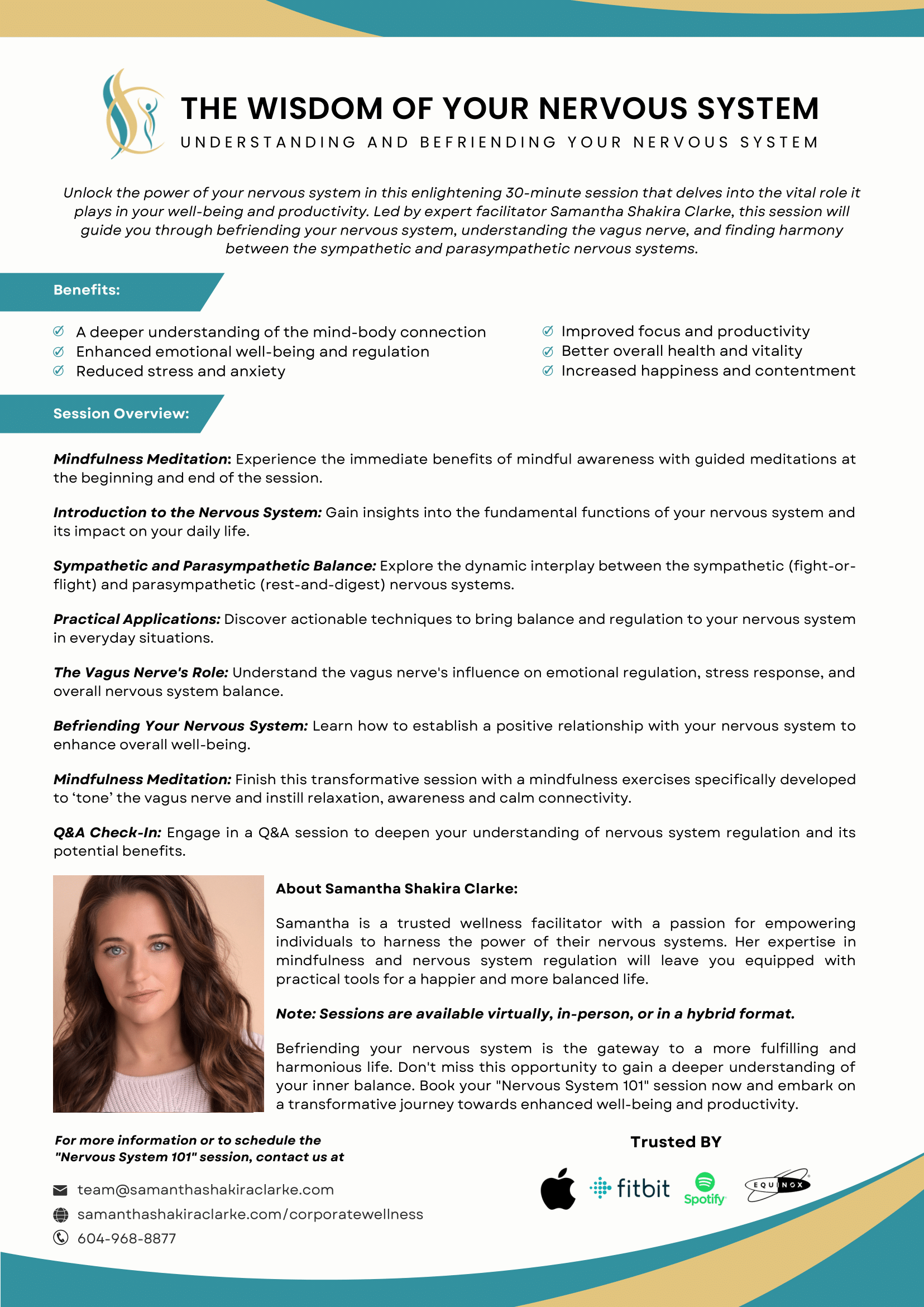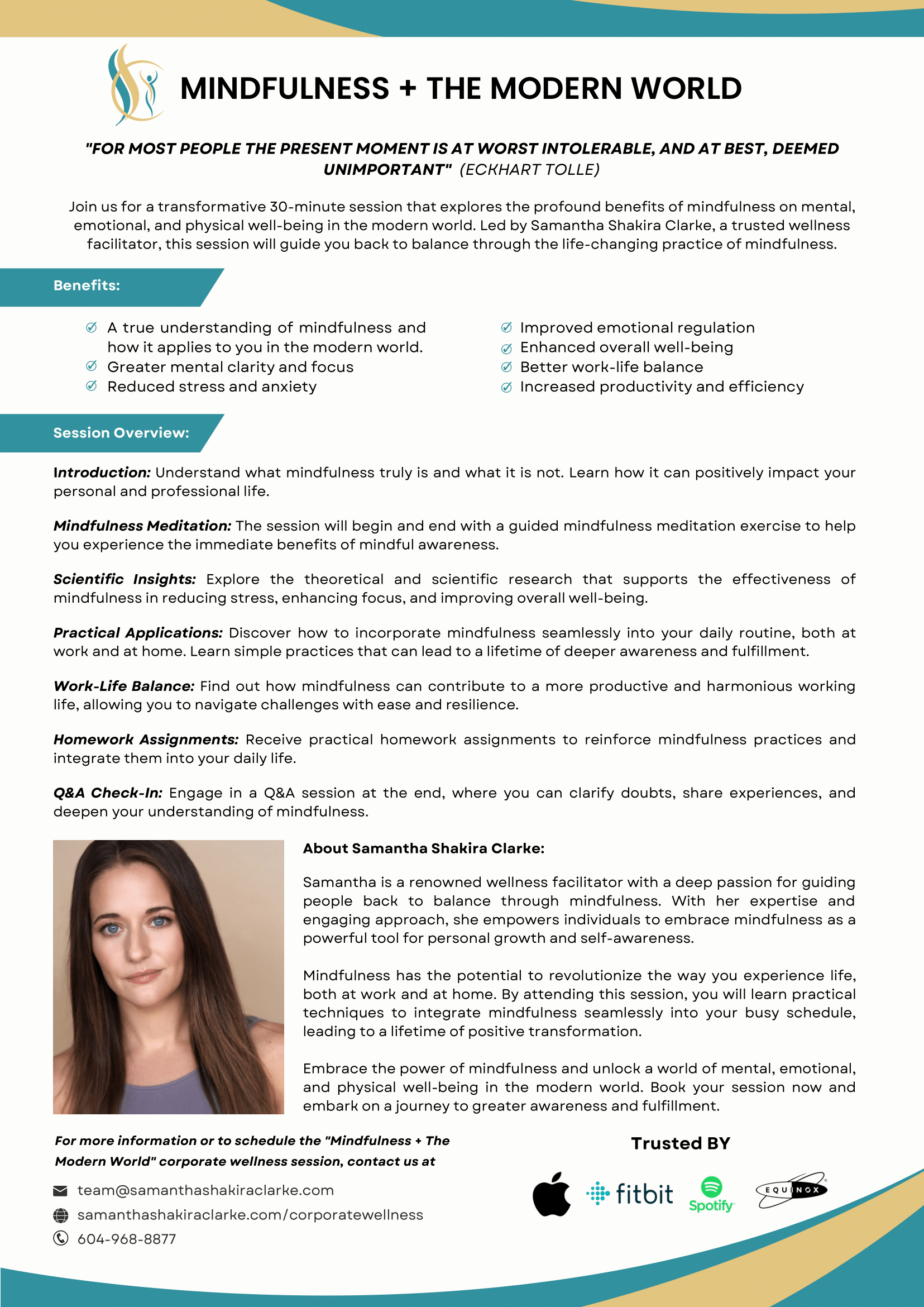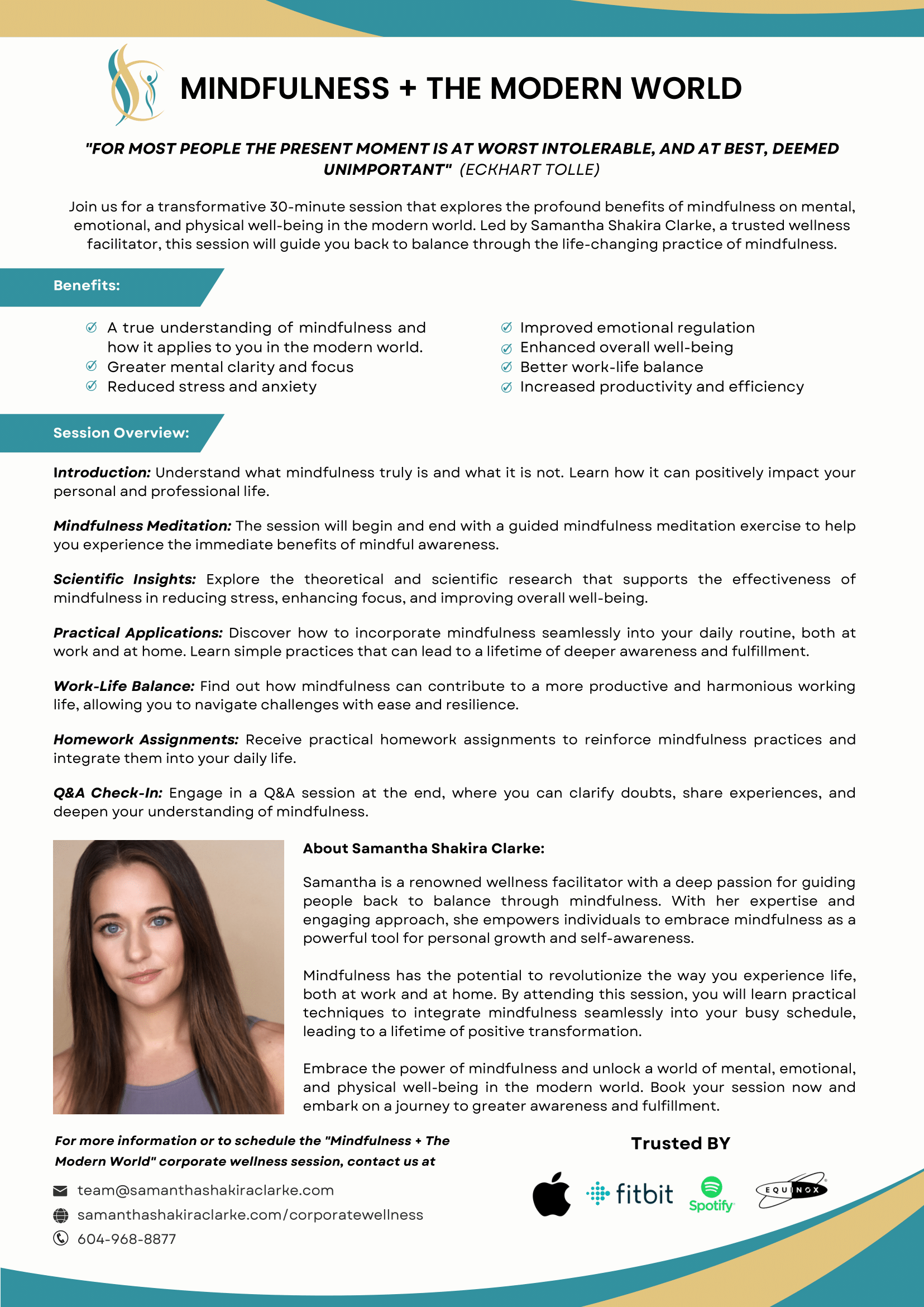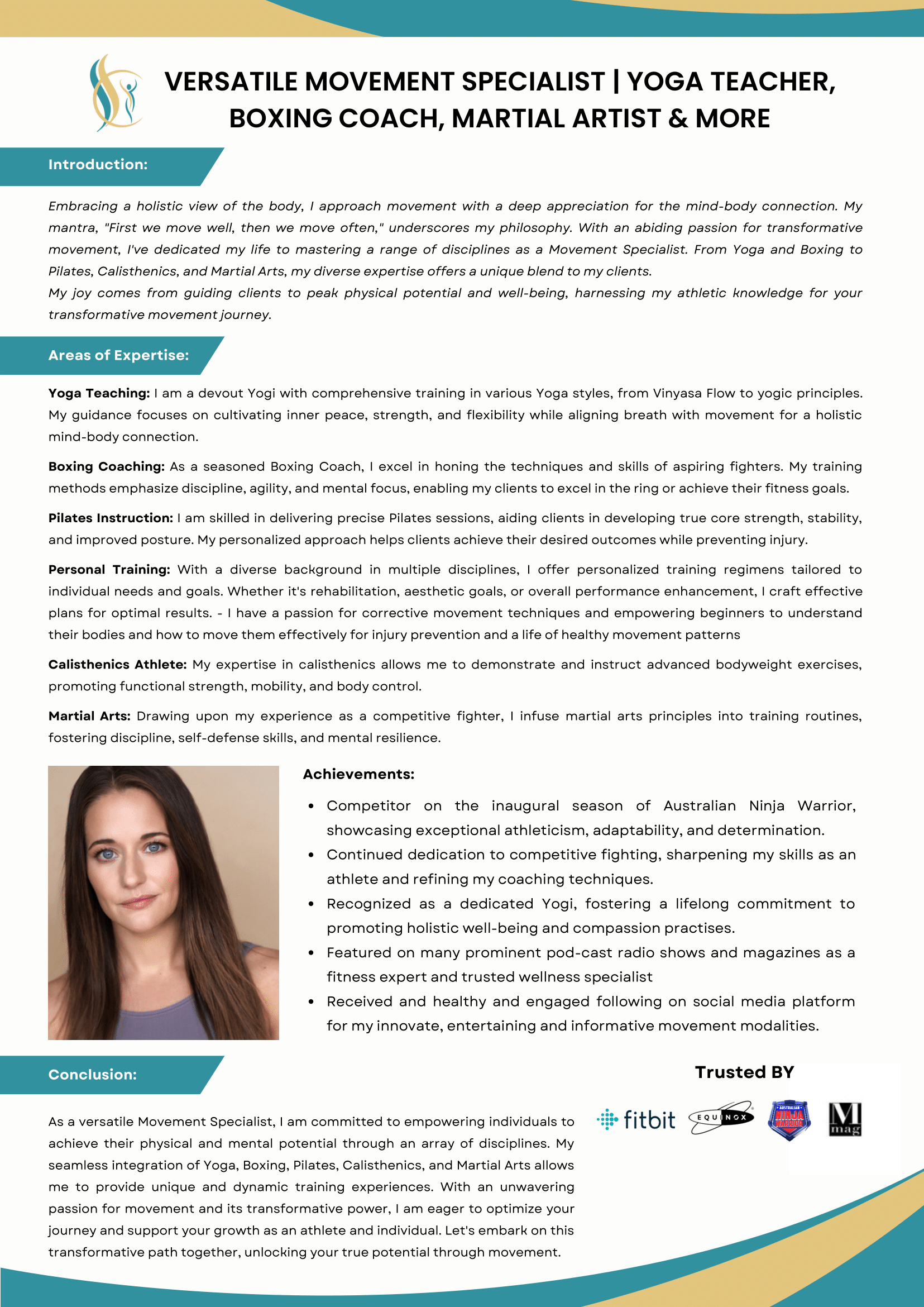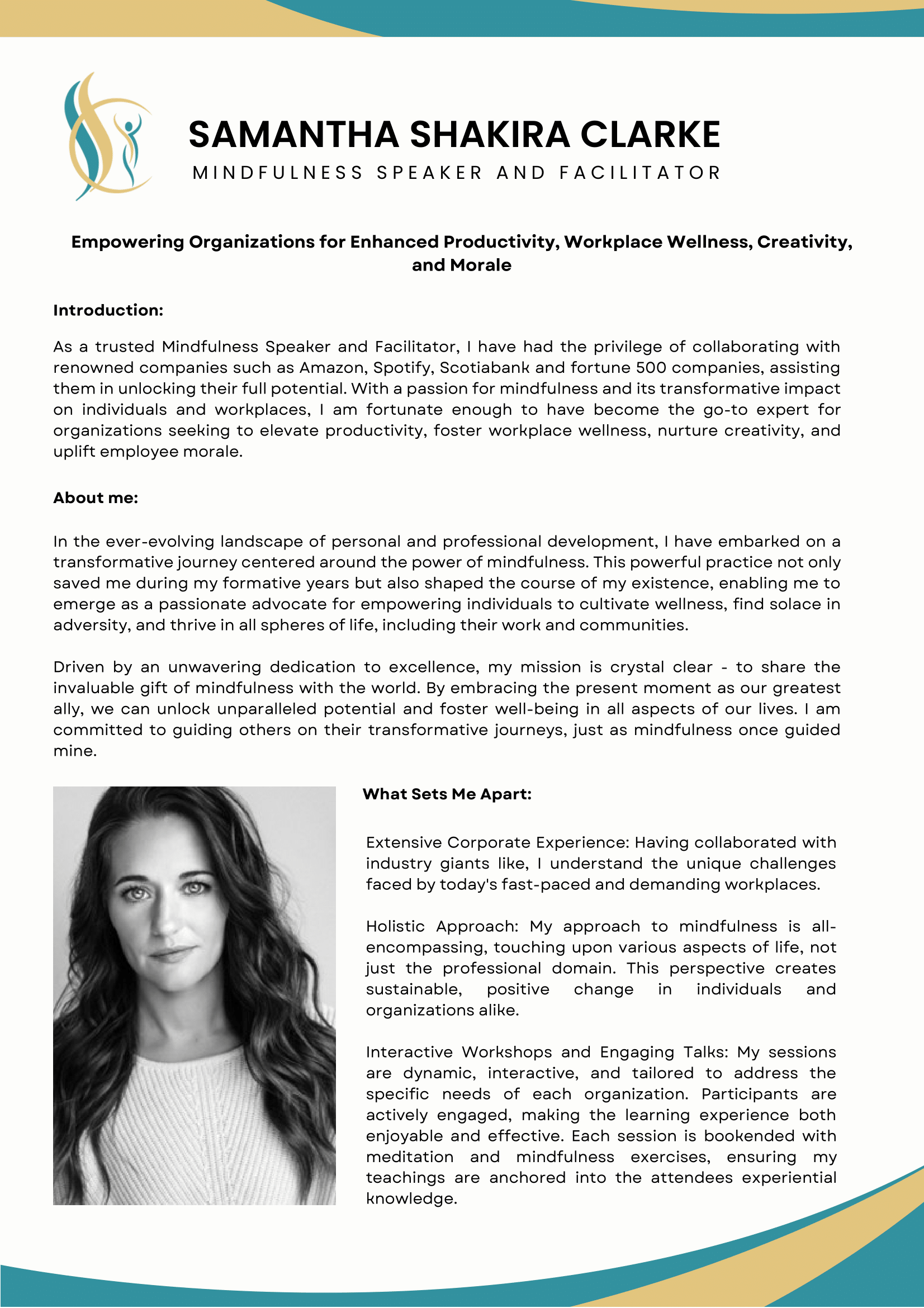Emotional Well-being at Work: Tools and Practices for Managing Emotions

We often overlook a fundamental aspect of our existence—our emotional well-being. It’s a curious oversight, considering how our emotional state can be both a compass and an anchor, guiding us through the challenges of our professional and personal lives.
What is Emotional Well-being?
Emotional well-being is all about finding your inner peace and balance. It’s knowing that every emotion, even the tough ones, has something important to tell us about what we need and what we value most. It’s about being in tune with our feelings, understanding how they shape our thoughts and actions, and learning how to navigate through them in a way that helps us grow stronger and more fulfilled.
It’s really important to get this: there’s no such thing as bad emotions. Sometimes, society kind of nudges us to push down or ignore feelings we think of as negative. We’ve all been there, learning to label our emotions as either good or bad, which honestly, can get things a bit mixed up. What’s actually going on is pretty straightforward – those feelings of discomfort, the ones that challenge us, or the emotions we just can’t figure out yet, they’re all trying to tell us something. It’s like our body’s own way of tapping us on the shoulder and saying, “Hey, something important is going on here.”
Rather than pushing away the negative emotions, emotional well-being teaches us to embrace and work through them. It’s not about never feeling down or upset, but about having the tools to deal with those feelings in a positive way. It means being aware of our emotional state and using it as a guide to live more richly and fully, even when the going gets tough.
Impact of Emotional Well-being on Work
Imagine a workplace where stress is a foreign concept, and every challenge is tackled with creativity and resilience. This scenario isn’t just wishful thinking; it becomes attainable when we place a premium on emotional well-being. In such an environment, productivity flourishes, and a culture of support and understanding transforms the typical dread of Monday mornings into genuine enthusiasm for the week ahead.
Emotional well-being in the workplace is a basis for not just productivity, but also for sparking creativity and fostering collaboration. Employees who are in a good emotional place are not only more engaged but also handle stress much more effectively and have a better baseline for problem-solving and making decisions. On the flip side, neglecting emotional wellness can have substantial drawbacks. It can lead to burnout, prompt higher rates of absenteeism, and result in a noticeable dip in performance. These issues highlight the undeniable importance of nurturing emotional intelligence within the workplace.
A workplace lacking in emotional well-being often showcases a starkly different atmosphere. Signs of this deficiency can include a sense of tension, frequent misunderstandings or conflicts, a general lack of enthusiasm, and a noticeable drop in productivity and quality of work. These symptoms point to an urgent need for strategies that address emotional health, reinforcing the idea that a happy and emotionally balanced workforce is not just a nice-to-have but a fundamental necessity for a thriving business.
Emotional Intelligence’s Role in the Workplace
Emotional intelligence is essential in creating a harmonious workplace. It’s about collectively understanding and managing emotions to improve communication, teamwork, and support. This collective skill ensures that decisions consider everyone’s perspectives, fostering a more inclusive environment.
A workplace rich in emotional intelligence benefits everyone. It lays the groundwork for a culture where employees feel appreciated and supported, making it easier to tackle sensitive matters and support one another. Such an environment boosts engagement, lowers stress levels, and increases productivity.
To enhance emotional intelligence across the board, workplaces can offer training on emotional awareness and regulation. Promoting an atmosphere of open, respectful communication is crucial, as is ensuring there are safe spaces for employees to voice their feelings and concerns.
Emotional intelligence is key to developing a workplace that thrives on empathy and understanding, making it a foundational element for a cohesive, resilient, and content team. Leaders who prioritize emotional intelligence can expect a transformation in the workplace atmosphere. Fostering emotional intelligence in the workplace directly translates to a business’s success in several key ways:
- Enhanced Team Performance: Teams that communicate effectively and understand each other’s emotional needs work more efficiently together. This leads to higher productivity, creativity, and innovation, driving business growth.
- Improved Leadership: Leaders with high emotional intelligence can inspire and motivate their teams, manage stress and conflict better, and make more empathetic decisions. This kind of leadership fosters a positive work culture and can significantly enhance employee loyalty and retention.
- Increased Employee Engagement: When employees feel understood and valued, they are more engaged and committed to their work. Engaged employees put in more effort, which can lead to better customer service, higher sales, and improved business outcomes.
- Reduced Turnover Rates: A positive and supportive work environment, where emotional intelligence is prioritized, reduces stress and burnout, making employees less likely to leave. Lower turnover rates save the business significant amounts in recruitment and training costs.
- Better Conflict Resolution: Emotional intelligence facilitates understanding and resolving conflicts efficiently before they escalate, ensuring that the work environment remains productive and harmonious.
- Greater Customer Satisfaction: Emotionally intelligent employees are better at handling customer interactions, leading to improved customer satisfaction and loyalty, which are critical for business success.
By integrating emotional intelligence into its core values, a business not only enhances its internal operations but also improves its competitiveness and reputation in the market, leading to sustained growth and success.
Tools and Practices for Managing Emotions at Work
Handling emotions in the workplace can be challenging, but with the right tools and practices, you can create a supportive and productive environment for both you and your colleagues. Here’s how to get started:
Self-awareness Techniques:
It starts with a pause, a moment of introspection to acknowledge and recognize our emotions. This simple act of self-awareness can be surprisingly powerful, offering clarity and insight. Simple practices like journaling, seeking feedback, and monitoring your emotional reactions can help you identify your triggers and patterns. This self-knowledge is crucial for personal growth and emotional health.
Emotion Regulation Strategies
Effectively managing your emotions involves understanding them, not suppressing them. Here’s a straightforward approach:
- Name Your Emotions: Start by identifying what you’re feeling. Giving your emotions names reduces their intensity and makes them more manageable.
- De-shame Your Experience: Remember, it’s okay to feel what you’re feeling. Every emotion has its place. Asking yourself questions like “Where does this live in my body?” or “What is this trying to tell me?” can help you view your emotions without judgment.
- Reframe Your Perspective: Next, consider the situation from a different angle. Cognitive reappraisal, or thinking about the situation in a new light, can help shift your emotional state to a more balanced one.
- Practice Emotional Distancing: Sometimes, stepping back and viewing your emotions from an outsider’s perspective can make them easier to understand and manage.
These steps can help you navigate your emotions more effectively, turning challenges into opportunities for growth.
Building Empathy and Social Skills
Empathy and social skills are crucial for smooth and friendly relationships at work. Let’s look at some practical ways to boost these skills during your day-to-day interactions:
- Active Listening: Really listen to what your colleagues are saying without interrupting. Show that you’re engaged through nods or brief verbal affirmations. It’s about fully understanding their perspective, not just waiting for your chance to speak.
- Open Communication: Communicate your thoughts and feelings openly but kindly, and encourage your team to do the same. This fosters trust and makes navigating disagreements much easier.
- Perspective-Taking: Make an effort to see situations from your colleague’s viewpoint, especially in moments of disagreement. Consider why they might feel the way they do and how you might feel in their shoes.
- Generosity in Assumptions: When interpreting actions or words of colleagues, start from a place of positive intent. Assume the best in others’ motives unless proven otherwise. This generosity in assumption can prevent misunderstandings and build a foundation of trust and respect.
Mindfulness Practices
Mindfulness isn’t just for meditation mats or yoga classes; it’s a practical tool you can we ave into your daily work routine. It’s about being fully in the moment, whether you’re knee-deep in deadlines or navigating workplace dynamics. Here are some simple ways to incorporate mindfulness into your day:
- Mindful Breathing: Take a few minutes between tasks to focus solely on your breath. Breathe in deeply through your nose, hold for a moment, and exhale slowly through your mouth. This can be a quick reset for your mind, helping you tackle the next task with renewed focus.
- Attentive Listening: During meetings or conversations, practice really listening to what’s being said, without planning your response while the other person is still talking. This not only improves communication but also helps you stay grounded in the present moment.
- Mindful Observation: Choose an object in your workspace—a plant, a photo, or even your cup of coffee. Spend a minute or two just observing it, noticing its colors, textures, and how it makes you feel. This simple exercise can help bring your mind back to the present.
- Routine Activities with Awareness: Engage fully with routine tasks like washing your hands or brushing your teeth. Notice the sensations, the temperature of the water, the smell of the soap or toothpaste, and the sounds around you. These moments can become mini-mindfulness sessions.
- Mindful Walking: If you need to move from one part of your workplace to another, use this as an opportunity for a mindful walk. Focus on the movement of your feet, the rhythm of your steps, and how your body feels as you move. Even a short walk can be a chance to center yourself.
Integrating these mindfulness practices can help you stay present, manage stress better, and improve your interactions at work.
How to Create an Emotionally Healthy Workplace
Creating an emotionally healthy workplace is about fostering a culture where everyone feels supported and respected. Here are practical ways to achieve this:
- Enhance Mental Health Support: Make resources like counseling services or mental health days readily available. This shows employees that their well-being is a priority and provides them with tools to manage stress and emotional challenges.
- Promote Work-Life Balance: Encourage employees to maintain a healthy balance between their professional and personal lives. This can be through flexible working hours, remote work options, or ensuring that overtime is the exception, not the norm. A well-rested and fulfilled employee is more productive and engaged.
- Offer Emotional Intelligence Training: Provide workshops or courses that help employees develop skills in understanding and managing their emotions, as well as recognizing and responding to the emotions of others. This training can lead to more empathetic interactions and effective teamwork.
- Foster Open Communication: Create channels and opportunities for employees to share their ideas, concerns, and feedback without fear of negative consequences. This could be through regular team meetings, suggestion boxes, or one-on-one sessions with management. Open communication builds trust and helps address issues before they escalate.
Implementing a Personal Plan for Emotional Well-being
Creating a personal plan for emotional well-being is about understanding where you are, deciding where you want to be, and planning how to get there.
Setting Personal Goals
Start by asking yourself, “What does emotional well-being mean to me?” This could mean feeling more connected to your colleagues, handling work stress without feeling overwhelmed, or being able to express your emotions freely and respectfully at work. Your goals might include:
- Increasing Self-Awareness: Commit to noticing and understanding your emotions as they arise. This can mean acknowledging when you’re feeling stressed and identifying what triggers these feelings.
- Developing Stress Management Techniques: This could involve learning relaxation techniques, like deep breathing or meditation, to help calm your mind during high-pressure situations.
- Enhancing Empathy and Social Skills: Set a goal to improve how you relate to and communicate with your colleagues. This could involve practicing active listening or learning to approach conflicts with a mindset geared towards finding solutions.
Tracking and Reflecting
Keeping track of your emotions and taking time to reflect on them is super helpful because it turns your feelings into something you can actually see and understand better. It’s like keeping a map of your emotional ups and downs, showing you what makes you tick and what ticks you off. By looking back on these moments, you get to know yourself better, making it easier to handle whatever comes your way next. It’s all about learning from the past to make smarter moves in the future.
- Maintain a Journal: Keep a daily or weekly journal of your emotional experiences at work. Note down how you felt, what triggered these emotions, and how you responded. This isn’t just about tracking the difficult moments; celebrate your successes, too, like when you managed a stressful situation well or had a positive interaction with a colleague.
- Reflect on Your Journey: Regular reflection can deepen your understanding of your emotional habits and patterns. Set aside time to look back on your journal entries. What have you learned about yourself? Are there patterns in what triggers stress or joy? Reflection can also be a time to adjust your goals based on what you’ve learned.
- Celebrate Successes and Learn from Challenges: Recognize and reward yourself for the progress you’ve made towards your goals, no matter how small. Learning from the challenges is just as important; consider what you might do differently next time.
Putting together a personal plan for your emotional well-being is a smart move for a happier work life. When you lay out clear goals, keep an eye on how you’re feeling, and take time to think about how far you’ve come, you’re laying down the groundwork for a stronger, more satisfied you.
A Parting Thought
Emotional well-being in the workplace isn’t just nice to have—it’s essential for creating environments where everyone can thrive. Let’s commit to tuning into our emotions with curiosity and compassion. Start today: identify one emotion, explore it without judgment, and see where it leads you. By doing this, we can create work environments that aren’t just about getting things done but are also about personal fulfillment and collective resilience.
Booking enquiries? Connect with us here.
Want mindfulness and wellness delivered straight to your inbox?
Sign up now for instance access to "Mindful Body Scan for Stress Reduction"
